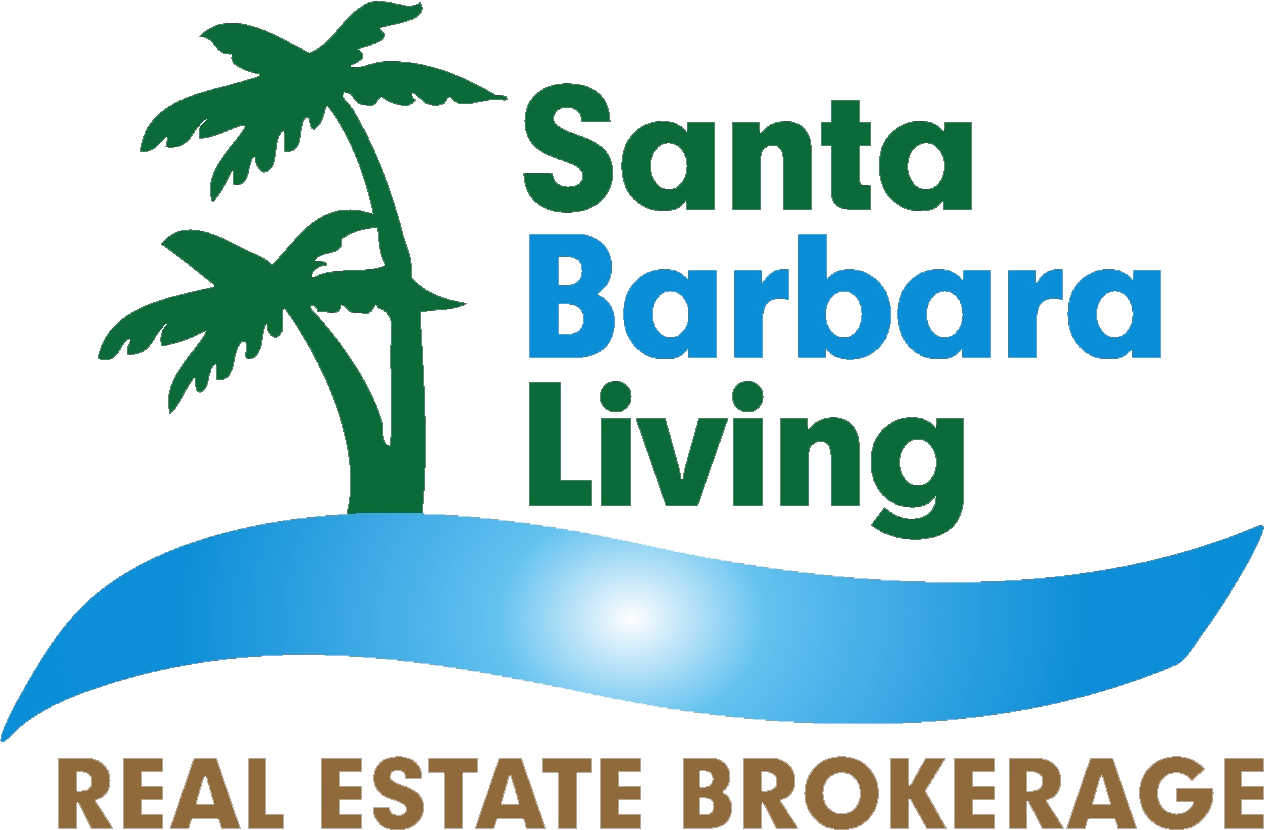Just because you haven’t saved up enough for a 20% down payment—or even 10%—doesn’t mean you’re locked out of the housing market.
In 2015, 26% of loans for home purchases were made with down payments of less than 10% of the home’s value, according to data released Thursday from RealtyTrac. That’s a 10% increase from 2014. In fact, the number of home owners who purchased homes with low down payments has been steadily increasing for the past five years.
The uptick is due in large part to a reduction in the cost of mortgagesoffered by the Federal Housing Administration, which underwrites loans to borrowers with subpar credit. While critics worry that a surge in low-money-down lending could set the stage for a reprise of the housing bubble, market watchers say the most important result of the change is to make homeownership a more realistic goal for many people, especially first-time buyers. In recent years, there has also not been a significant difference in the number of people who default on low-down-payment loans as opposed to those with higher down payments, according to data from the Urban Institute.
“Low-down-payment lending isn’t synonymous with risky lending,” says Nikitra Bailey, executive vice president of external affairs at the Center for Responsible Lending.
Read Next: What Mortgage Is Right for Me?
Indeed, the FHA has always offered loans with down payments as low as 3.5% to qualified buyers.
Still, there are considerations if you’re thinking about going that route. For one, it means you’ll have less equity in the home. You’ll also need to pay for private mortgage insurance, required for loans with down payments of less than 20% to guard against the risk of default.
If you’re looking to become a homeowner but can only afford to put a small amount down, here are a few more things to keep in mind:
- Talk to a certified credit counselor, Bailey says. An adviser can walk you through your finances and help you decide if you’re in a position to buy a home despite not having a lot of savings built up. The U.S. Department of Housing and Urban Development also sponsors housing counseling agencies nationwide; you can find a list state-by-state directory here.
- Keep in mind the cost of private mortgage insurance, which is required for anyone buying a home with a down payment of less than 20% of the value of the home. Add that on top of monthly mortgage premiums (and the higher interest rates you’ll likely pay when you put down less money), and in the long run taking out an FHA loan with a low down payment could be more expensive than paying 20% upfront. Additionally, the agency now also requires that certain borrowers pay insurance for the entire term of the mortgage, unless they refinance.
- Make sure you’re able to set aside at least 1% of the house’s value in cash, in case you need to tap into it for maintenance or emergency repairs, says Mark Calabria, director of financial regulation studies at the Cato Institute. And of course, be prepared for unforeseen financial challenges in your own life: For instance, if you were to lose your job, you’d ideally want to have enough savings to cover six months of mortgage payments.
